|
|
WRIGHT STUDY
Browne's
Bookstore, Chicago (1907 - S.141) |
|
|
|
Francis Fisher Browne |
|
|
|
|
|
It might well be said that
Francis Fisher Browne was as much a "formative
influence in American literature"
(BD p240) as Frank
Lloyd Wright was in the field of architecture.
Francis Fisher Browne was born on
December 1, 1843 in South Halifax, Vermont. His father,
William Goldsmith Browne was a well-known editor, poet and
printer in Massachusetts. Francis worked in his father's
print shop in Chicopee until the summer of 1862 when he
served in the Massachusetts regiment. From 1866-67 he studied law
in Rochester, New York and at
the University of Michigan. But, like his father, his heart
was drawn to the written word. After a year in Michigan, he
moved with his wife Susan Seaman Brooks to Chicago where he became the editor of "The Lakeside Monthly"
in 1869. Within two years he bought an interest in the
magazine, and once gaining control, changed the name to "The Western
Monthly". It became one the best monthlies in the
country. He formed the Chicago Literary Club in 1874. The nation experience the
financial panic of 1873, and Browne's health suffered greatly,
forcing him to give up the magazine in 1874. In a letter
(LitClub p2) to Frederick Gookin, June 3, 1892, concerning
the early days of the Literary Club, Browne recalled "I was
not present at this meeting owing to serious illness, - from
which cause also the magazine was, not long after, given up;
and for the next few years I was absent from the city most
of the time, and my membership in the club lapsed." Because
of the seriousness of his health, he was forced to leave Chicago. Unable to attend his
beloved Literary Club, and unable to pay the dues, he was
expelled from the club (Prophet p13). It was not
until 1899 that he once again became an honorary member.
The
New York Times
reported on May 1, 1878 that "There was somewhat of a
falling off in the bankruptcy petitions today, only 18
being filed. Among the Chicago petitioners were... Francis
F. Browne, $15,000, unsecured." There are no
biographies that include this detail about his life, which
is understandable. But in the 1913 preface of
"The Every-Day Life of Abraham Lincoln",
alludes to his financial struggles. "But along with this
increasing prestige (The Lakeside Monthly) came a series of
extraneous setbacks and calamities, culminating in a
complete breakdown of its editor and owner, which made the
magazine's suspension imperative" (p.v-vii). This, along with his health issue could explain his lack of
dominance
in the literary field during the later part of the 1870s. For the next few years he supported
his family by writing articles and reviews for a number of
national publications. From 1878 to 1879 he became the literary
editor for "The Alliance".
Gaining his strength, and
partnering with Jansen, McClurge & Co., he founded "The
Dial" in 1880. Under Browne's leadership as founder and
editor of the
"The Dial", it became the premier literary
magazine in the nation. In 1892 full ownership was
transferred to Browne.
Besides his editing
responsibilities he wrote and edited a number of books.
"Golden Poems by British and American |
|
Authors", 1881.
"The Golden Treasury of
Poetry and Prose", 1883.
"Bugle Echoes, a collection
of Poems of the Civil War, Northern and
Southern", 1886.
"The Every-Day Life of Abraham Lincoln",
1886. The seven volume "Laurel Crowned Verse", 1891-92.
"Volunteer Grain", 1895.
"Paul and Virginia of a Northern Zone" 1895.
He was also Chairman of the
Committee of the Congress of Authors at the World's Congress
Auxiliary at the Columbian Exposition in 1893. He was an
honorary member of the Caxton Club in Chicago and the
Twilight club in Pasadena, California.
"He to whom Chicago owes,
perhaps more than any other one man, such growth of literary
taste as the city may boast is Mr. Francis F. Browne..."
Frank Leslie's Popular Monthly, November 1892.
Frederick
Cook, in
"Bygone days in Chicago" 1910, described the
"present
Dial - a critical force surpassed, perhaps, by
none in America... is receiving an even larger recognition
as a formative influence in American literature."
John Burroughs wrote, "His
memory is a precious possession to us all. Such men belong
to the 'saving remnant' of which Arnold wrote so eloquently;
they help save us from the vulgar and the unworthy... I have
lost a dear friend, and every person who cherishes a high
and worthy ideal has lost a friend also." The Dial, June 1,
1913.
"One need not be a student
of human nature to read in this face the essential
characteristics of the man - the kindliness and sincerity
and fearlessness, the mingled strains of gentleness and
strength, of idealism and practicality, of frankness and
reserve, of tolerance and pride... Simplicity, sincerity,
courage, persistency – these were the predominant notes in
his character." The American Review of Reviews, July
1913.
Francis Fisher Browne past away on May 11, 1913 at the Miradero
Sanatorium, near Santa Barbara, and was buried at
the Mountain View Cemetery and Mausoleum near Pasadena in
Altadena, California.
"Overwork Causes Passing Of Chicago Editor. ...Brown,
who for twenty years has been one of the more prominent of
Pasadena's winter residents... Attending physicians say
Browne's illness was brought on by overwork. He was too weak
physically to recovery. He went to Santa Barbara the first
of the year and since then devoted his entire time and
energy to a revision of "Everyday Life of Abraham Lincoln,"
a book which came off the press in 1886, and which is now
out of print. Irving Way of the publishing firm of Way &
Williams, Chicago, now a resident of Los Angeles was a
friend of Browne, and it was his company which published
several of the author's books. Browne had a wide
acquaintance in the world of letters, and was on terms of
intimate friendship with John Muir, John Burroughs, Joaquin
Miller, Walt Whitman, Whittler, Lowell, Holmes and other men
of note."
The Los Angeles Times, May 13, 1913. |
|
|
|
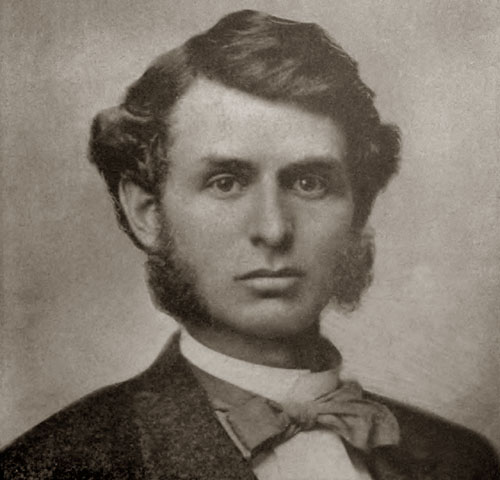 |
|
1: Francis Fisher Browne, Circa 1865-1869.
In 1866 (age 23) he studied
law at the university of Michigan. After a year
in Michigan, he moved to Chicago where he became
the editor of "The Western
Monthly" and "The Lakeside Monthly" until
1874.
Published in "Bygone
days in Chicago; recollections of the 'Garden City' of the sixties", By Frederick
Francis Cook, 1910. Cook described the "present
Dial - a critical force surpassed, perhaps, by
none in America... is receiving an even larger
recognition as a formative influence in American
literature (p240)." Photograph courtesy of the University of
Illinois at Urbana Champaign, Illinois. |
|
|
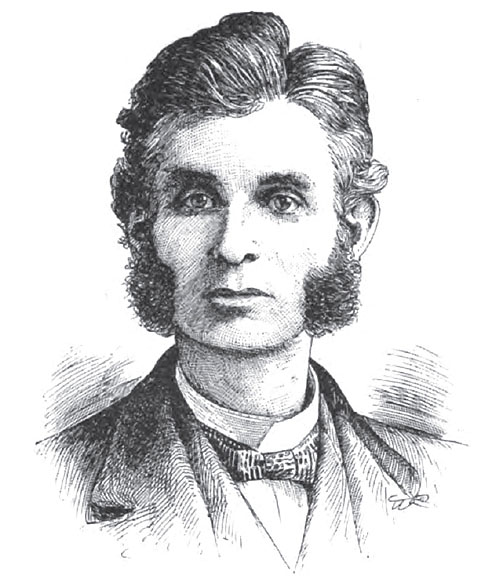 |
|
2: Francis Fisher Browne, published in 1892. "He
to whom Chicago owes, perhaps more than any
other one man, such growth of literary taste as
the city may boast is Mr. Francis F. Browne...
looks what his reputation is, that of the leader
in many respects of the local coterie of critics
and of thinkers. He tilled the field early here
and well, though under disadvantages." (p.518).
Courtesy of Frank Leslie's Popular Monthly,
November 1892. |
|
|
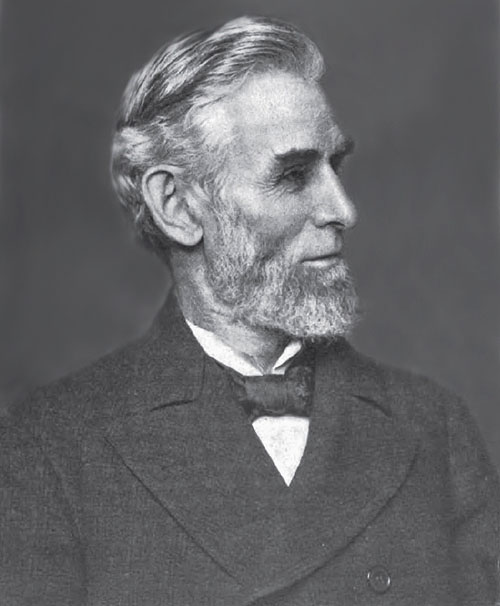 |
|
3: Francis Fisher Browne,
published in 1900. "Mr. Browne... giving the
literary public, through the medium of the Dial,
such critical comment and literary guidance as
it is not easy to chance upon elsewhere. Wide
information, ripe judgment, taste, and an
Arnoldian seriousness and probity -- these
characterize the contents of the Dial steadily
from one issue to another, unvarying as the hand
at the helm. Mr. Browne, while fully abreast of
his time, is of the good old school of self
respecting men of letters who stand firm on a
few first principles" (p.308). Courtesy of The
Book Buyer, A Review and Record of Current
Literature, May, 1900. Portrait by John Vance
Cheney. |
|
|
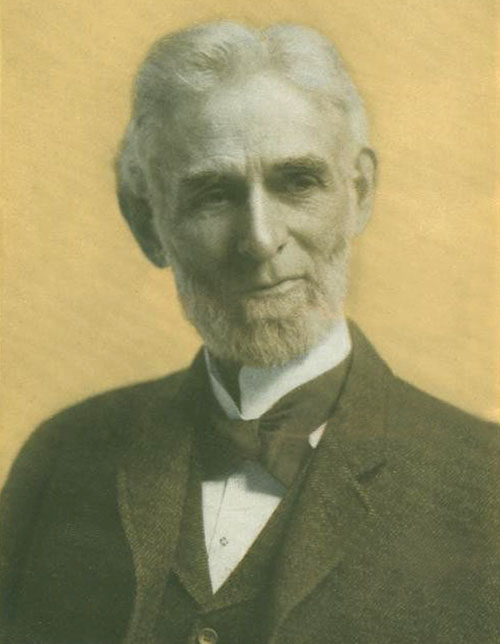 |
|
4: Francis Fisher Browne,
published in 1905. "Francis Fisher Browne --
Literary Editor. There is one literary
publication in the United States not controlled
by a publishing house, The Dial of Chicago. Mr.
Browne was its founder and is still its editor.
He had previously, in 1869, founded the Lakeside
Monthly, a magazine which was too fatally good
for its constituency. Mr. Browne has made The
dial one of the permanent literary influences of
the country" (p.1252). Courtesy of The World
To-Day, December, 1905. |
|
|
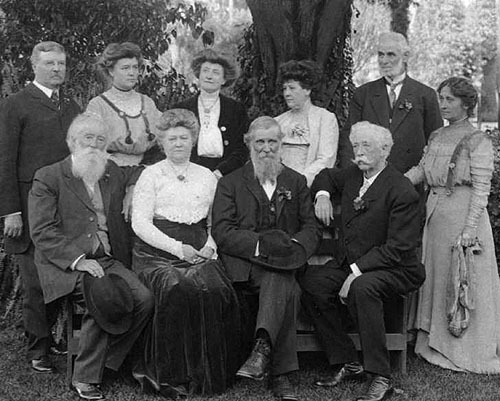 |
|
5a: Francis
Fisher Browne March 1909, in Southern California. Front
Row (L to R): John Burroughs, Fay H. Sellers,
John Muir, A. H. Sellers? Back Row (L to R):
Theodore Roosevelt, unidentified, unidentified,
unidentified, Francis Fisher Browne,
unidentified. Courtesy of the
University of the Pacific, California. |
|
|
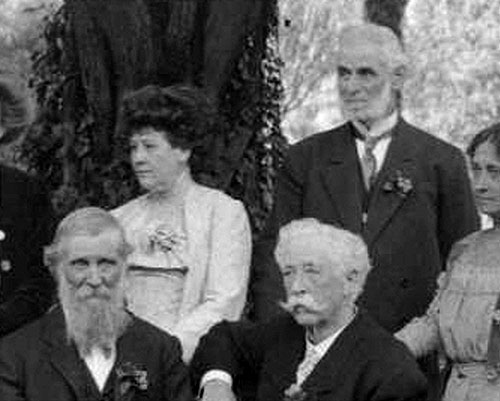 |
|
5b: Detail Francis
Fisher Browne March 1909, in Southern California. Front
Row (L to R): John Muir, A. H. Sellers? Back Row (L to R):
Unidentified, Francis Fisher Browne,
unidentified. |
|
|
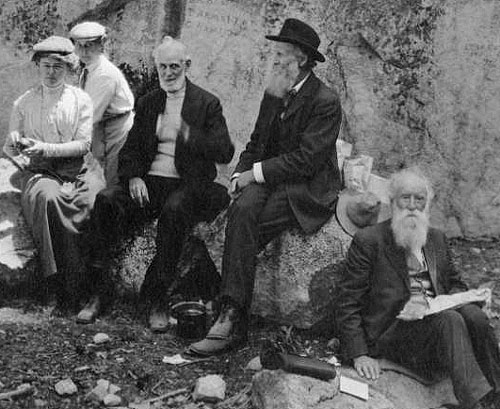 |
|
6a: Francis
Fisher Browne, Summer 1909, on the trail to Nevada
Falls in Yosemite. (L to R) two on left
unidentified, Francis Fisher Browne, John Muir
and John Burroughs. In a letter dated June 10,
1910, John Muir writes, "My dear Mr. Browne...
Are you coming west this year? It would be
delightful to see you once more. I often think
of the misery of Mr. Burroughs and his physician
caused by our revels in Burns' poems, reciting
verse about in the resonant board chamber whose
walls transmitted every one of the blessed words
to the sleepy and unwilling ears of John, much
to the distress of Miss Barus. Fun to us, but
death and broken slumbers to Oom John. With all
best wishes, my dear Browne, and many warmly
cherished memories, I am. Ever faithfully your
friend, (signed) John Muir" (Link to
letter) Photograph courtesy of
University of the Pacific
Library, CA.
Letter courtesy of the Middlebury College
Abernathy Library. |
|
|
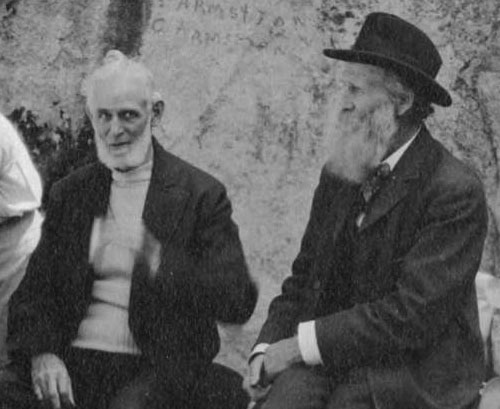 |
|
6b: Detail of
Francis Fisher Browne (left) and John Muir (right). |
|
|
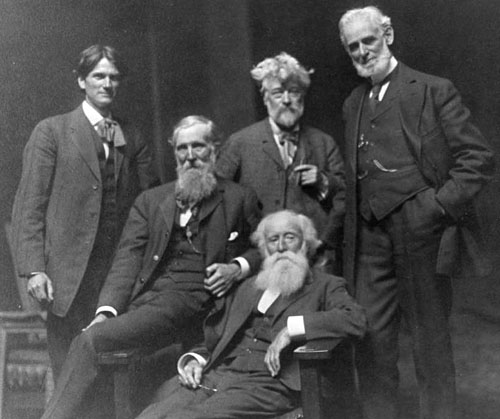 |
| 7a:
Francis Fisher Browne, 1909. (L to R) Charles Keeler, John
Muir, William Keith (standing), John Burroughs (seated), and
Francis Fisher Browne. Courtesy of the University of the
Pacific, CA. John Burroughs wrote, "His memory is a precious
possession to us all. Such men belong to the 'saving
remnant' of which Arnold wrote so eloquently; they help save
us from the vulgar and the unworthy... I have lost a dear
friend, and every person who cherishes a high and worthy
ideal has lost a friend also" (p.441). The Dial, June 1,
1913. |
|
|
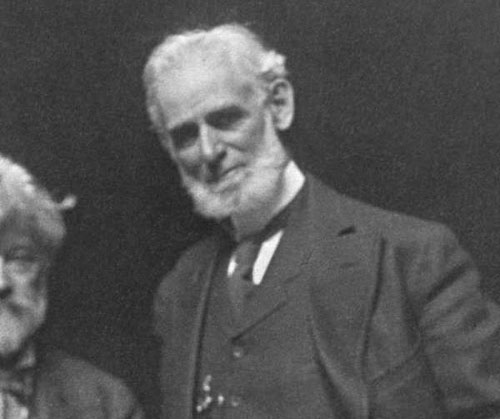 |
|
7a: Detail Francis Fisher
Browne, 1909. |
| |
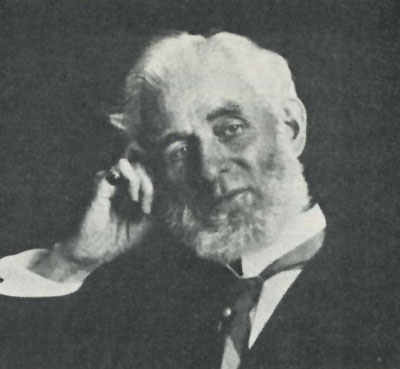 |
| 8: Francis Fisher Browne,
1910. Published in "The Dial in Transition",
Nicholas Joost,
1966.
"...For thirty-three years Francis Browne
edited and published his
review
as a fortnightly and by his high
standards and unremitting effort made it the leading
critical review in the Midwest, a journal serious enough to
attract the talents of Professor Woodrow Wilson and Chief
Justice Melville Weston Fuller. As an
outpost of the New England
tradition in its more liberal and literary aspects, The Dial
prospered. This is to say that its
years of stability and
prosperity entirely coincided with
the ownership of Francis F.
Browne."
Caption: "Francis F. Browne, founder of The Dial, as he
appeared in 1910." Courtesy of the Journal of the Illinois
State Historical Society, Autumn, 1966. |
| |
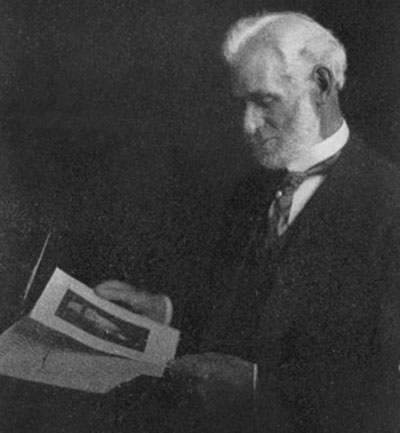 |
|
9: Francis Fisher Browne,
Circa 1910-1913. Published in the 1913 edition of
"The Every-Day Life of Abraham Lincoln".
"It was a far heavier task than he had anticipated, but he
gave it practically his undivided attention until within
three or four weeks of his death. Only when the last pages
of manuscripts had been dispatched to the printer did he
yield to the overwhelming physical suffering that had been
upon him for a long time past." (p.v-vii) |
| |
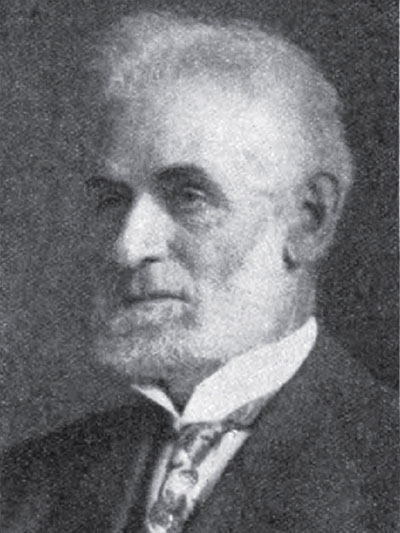 |
| 10: Francis Fisher Browne,
Circa 1912-1913. "In referring to one of his most recent
portraits: One need not be a student of human nature to read
in this face the essential characteristics of the man - the
kindliness and sincerity and fearlessness, the mingled
strains of gentleness and strength, of idealism and
practicality, of frankness and reserve, of tolerance and
pride... Simplicity, sincerity, courage, persistency – these
were the predominant notes in his character." Courtesy of
the The American Review of Reviews, July 1913. |
| |
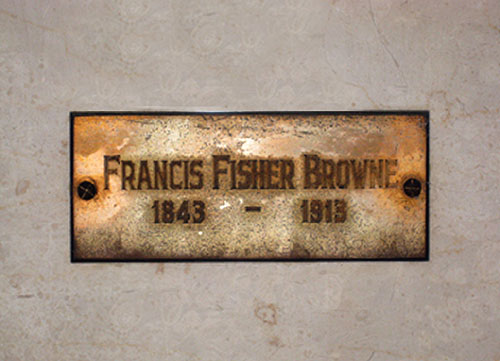 |
|
11: Francis Fisher Browne past away on May 11, 1913 at
the Miradero Sanatorium, near Santa Barbara, and was
buried at the Mountain View Cemetery and Mausoleum near
Pasadena in Altadena, California. "Overwork Causes
Passing Of Chicago Editor. ...Brown, who for twenty
years has been one of the more prominent of Pasadena's
winter residents... Attending physicians say Browne's
illness was brought on by overwork. He was too weak
physically to recovery. He went to Santa Barbara the
first of the year and since then devoted his entire time
and energy to a revision of "Everyday Life of Abraham
Lincoln," a book which came off the press in 1886, and
which is now out of print. Irving Way of the publishing
firm of Way & Williams, Chicago, now a resident of Los
Angeles was a friend of Browne, and it was his company
which published several of the author's books. Browne
had a wide acquaintance in the world of letters, and was
on terms of intimate friendship with John Muir, John
Burroughs, Joaquin Miller, Walt Whitman, Whittler,
Lowell, Holmes and other men of note." The Los Angeles
Times, May 13, 1913.
|
| |
|
|
|

CLICK TO ORDER













